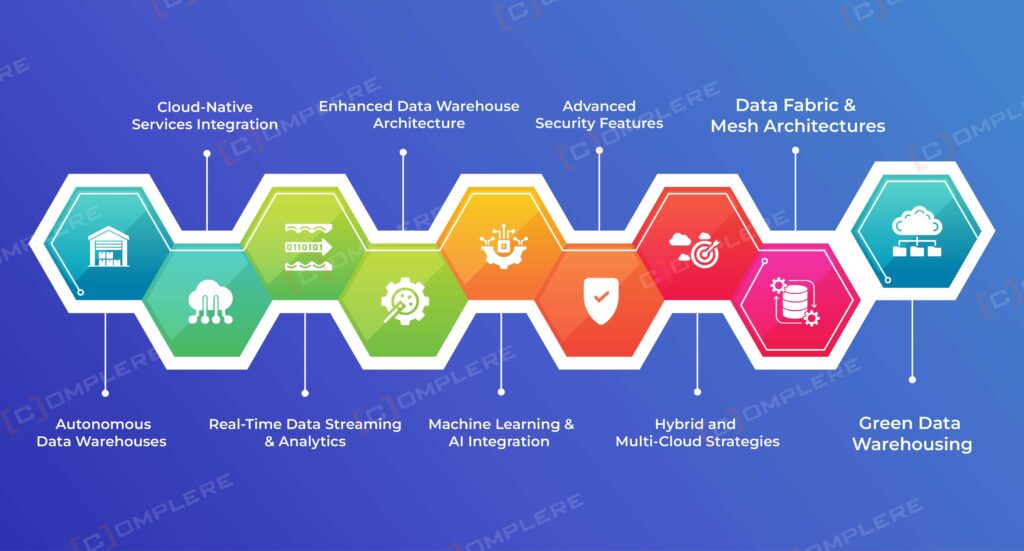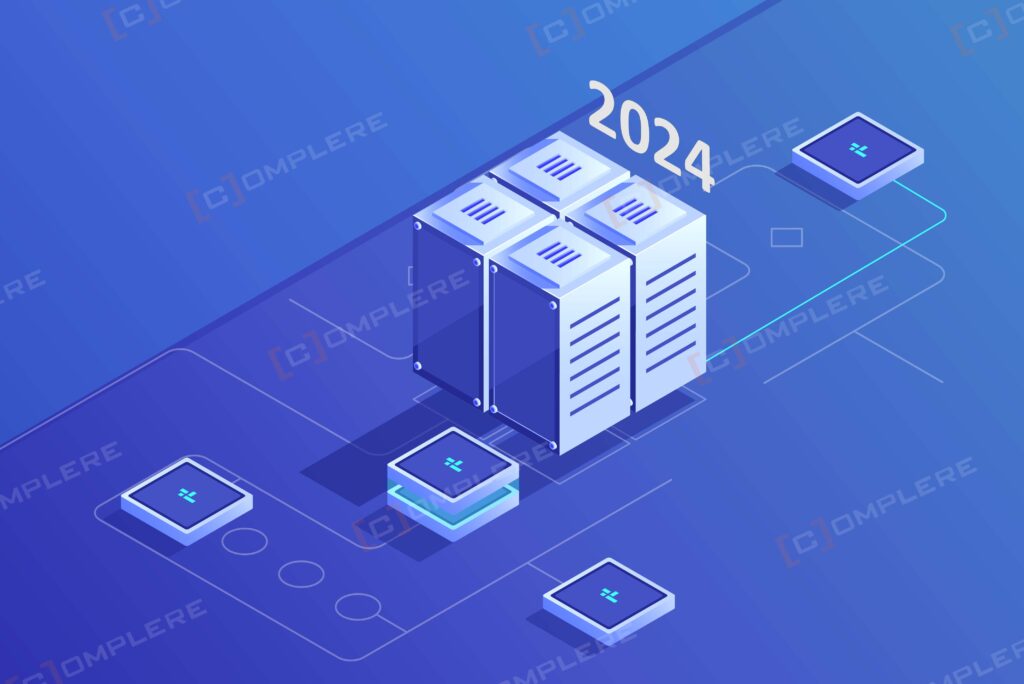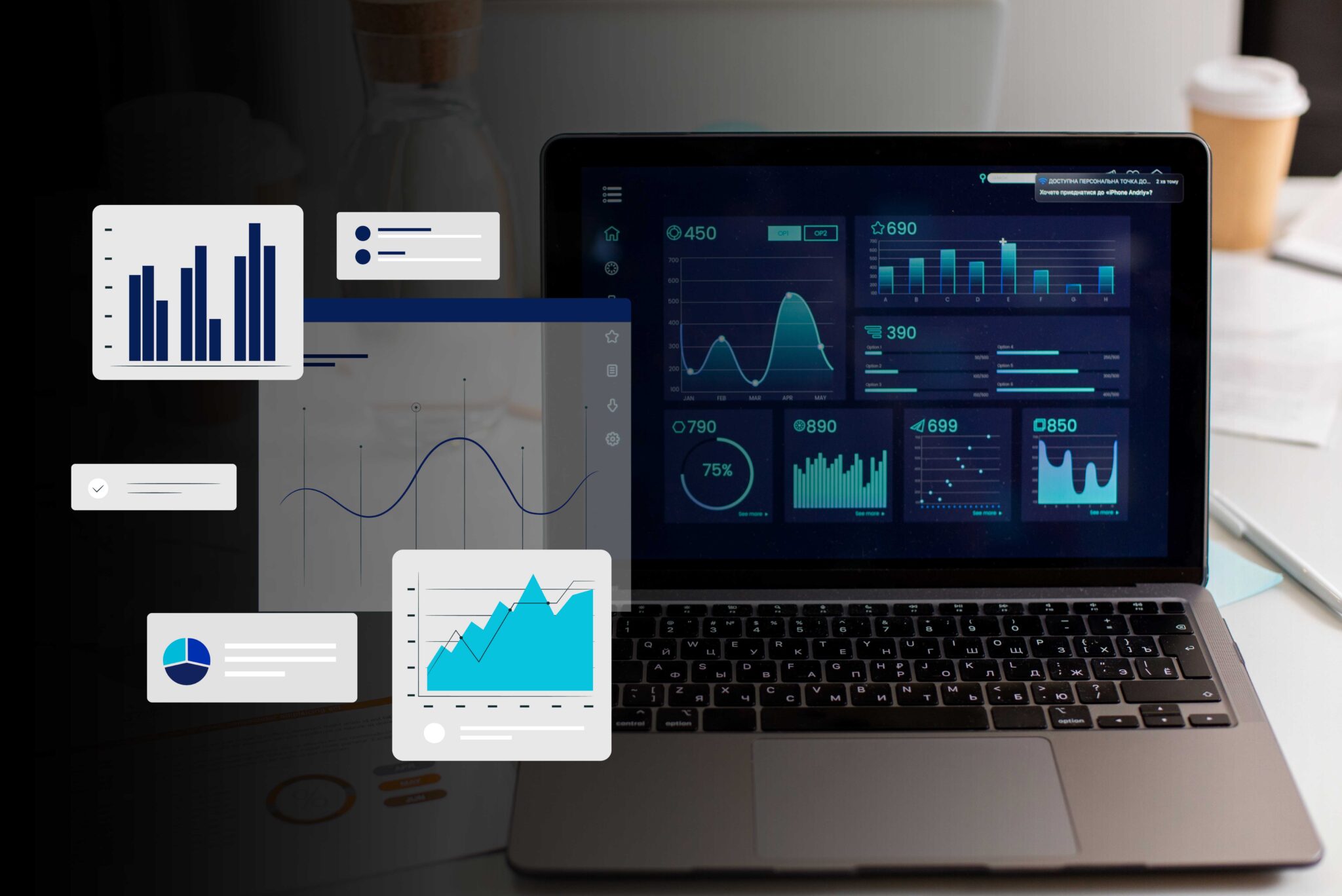Introduction
In 2024, data warehousing has become an increased dependency of businesses for data-driven decision-making. It helps you to take one step forward with the latest innovations is important. Its advanced innovations make an effective impact on your entire data processing. Before you move forward to understand what cutting-edge data warehouse innovations work for 2024, you must know what data warehousing is and why it is important for data management.
What is Data Warehousing?
It is the process of collecting, integrating, and managing big data from different sources within an organization into a central repository. This repository is known as a data warehouse. A data warehouse is designed to maintain the storage, analysis, and reporting of data across the enterprise. It is different and more advanced than traditional databases, data warehouses are optimized for query and analysis, providing businesses with a powerful tool for decision support and business intelligence.
A data warehouse integrates data from multiple sources, ensuring consistency and accuracy, and is structured in a way that makes it accessible and useful for end-users. It supports analytical reporting and decision-making. It helps organizations with better information about their operations, customer behaviors, and market trends.
Why is Data Warehousing Important for Businesses in 2024?
Enhanced Decision-Making Capabilities
Data warehousing provides a consolidated view of an organization’s data, making it easier for decision-makers to access and analyze information. This consolidation helps with better-informed decisions, as information can be drawn from a comprehensive dataset that reflects different aspects of the business.
Improved Efficiency and Productivity
By centralizing data management, data warehousing reduces the time and resources spent on data retrieval and analysis. This efficiency allows employees with strategic approach for tasks that add value to the business.
Competitive Advantage
Nowadays data is a critical asset, having a technologically advanced data warehousing strategy can provide businesses with a competitive solution. The information obtained from a data warehouse can help identify market trends, customer preferences, and operational inefficiencies, allowing businesses to adapt and innovate more quickly than their competitors.
Scalability and Flexibility
Data warehousing solutions are designed to handle large volumes of data and can be scaled as a business grows. This scalability ensures that businesses can continue to increase their data effectively, regardless of the increasing volume, variety, and velocity of data generation.
Enhanced Data Quality and Consistency

Data warehousing includes processes like data cleaning, integration, and consolidation, which improve the quality and consistency of the data. High-quality, consistent data is important for accurate analytics and reporting, leading to more reliable business information.
Regulatory Compliance and Data Governance
With increasing regulations around data privacy and protection, data warehousing facilitates compliance by providing a structured environment for data management. It supports data governance initiatives by ensuring data integrity, security, and accessibility.
9 Advanced Data Warehousing Innovations in 2024

1. Autonomous Data Warehouses
Autonomous data warehouses represent a significant leap forward, offering self-managing capabilities that reduce manual oversight. These systems use artificial intelligence (AI) and machine learning (ML) to automate data management tasks such as tuning, security, backups, and updates. This innovation not only improves efficiency but also increases data professionals to focus on more strategic activities.
2. Cloud-Native Services Integration
The integration of cloud-native services with cloud data warehouses is very effective. This approach offers unmatched scalability, flexibility, and performance. Services like Azure Data Warehouse and AWS Data Warehouse are leading the charge, providing flawless integration with other cloud services. This allows for more technologically advanced data analytics solutions that can easily adapt to changing business needs.
3. Real-Time Data Streaming and Analytics
Real-time data streaming and analytics capabilities are transforming data warehouses into more advanced systems. This innovation allows businesses to analyze and act upon data almost instantly, offering a competitive solution in fast-running industries. Data warehouse software is increasingly incorporating real-time processing, helping with better and clearer information and more timely decision-making.
4. Enhanced Data Warehouse Architecture
The architecture of data warehouses is included to support more complex data types and structures. Innovations in data warehouse architecture now support unstructured and semi-structured data, alongside traditional structured data. This flexibility allows for more comprehensive analytics, providing a better understanding of diverse data sets.
5. Machine Learning and AI Integration
Machine learning and AI are becoming integral to data warehouse software, increasing capabilities from data quality improvement to predictive analytics. This integration allows for more sophisticated analysis and information generation, making data more actionable and impactful for businesses.
6. Advanced Security Features

As data breaches become more common, advanced security features are a top priority for data warehouse innovations. Technologies like encryption when data is at rest and in transit, along with advanced access controls and threat detection, are becoming standard. This ensures that sensitive data stored in data warehouses remains secure from unauthorized access.
7. Hybrid and Multi-Cloud Strategies
Hybrid and multi-cloud strategies allow businesses to utilize the strengths of multiple cloud platforms. For instance, a business might use Azure Data Warehouse for certain workloads and AWS Data Warehouse for others, depending on the specific requirements and capabilities of each platform. This flexibility can optimize costs and performance.
8. Data Fabric and Mesh Architectures
Data fabric and mesh architectures are emerging as solutions to manage data across different sources flawlessly. This approach connects different data management environments, whether on-premises or in the cloud, creating a more unified and accessible data ecosystem. This facilitates better data integration, governance, and quality across the organization.
9. Green Data Warehousing
Autonomous data warehouses represent a significant leap forward, offering self-managing capabilities that reduce manual oversight. These systems use artificial intelligence (AI) and machine learning (ML) to automate data management tasks such as tuning, security, backups, and updates. This innovation not only improves efficiency but also increases data professionals to focus on more strategic activities.
The integration of AI and real-time analytics works as particularly transformative. By making data more immediately actionable, businesses can respond to changes and opportunities with two times faster speed. As these technologies continue to change, innovation in data warehousing is boundless, promising exciting developments for years to come.
Conclusion
Data warehousing in 2024 is good with innovations that are transforming how businesses store, manage, and analyze data. From autonomous operations and real-time analytics to upgraded initiatives, these advancements are making data warehouses more efficient, secure, and aligned with business needs. Staying updated with these trends is important for any organization looking to leverage data for strategic advantage.
As we look to the future, the role of the data warehouse is set to become even more critical, for data-driven decision-making that will drive business success. Implementing these innovations will not only optimize current operations but also provide new possibilities in data analytics and intelligence.
Have a Question?





























